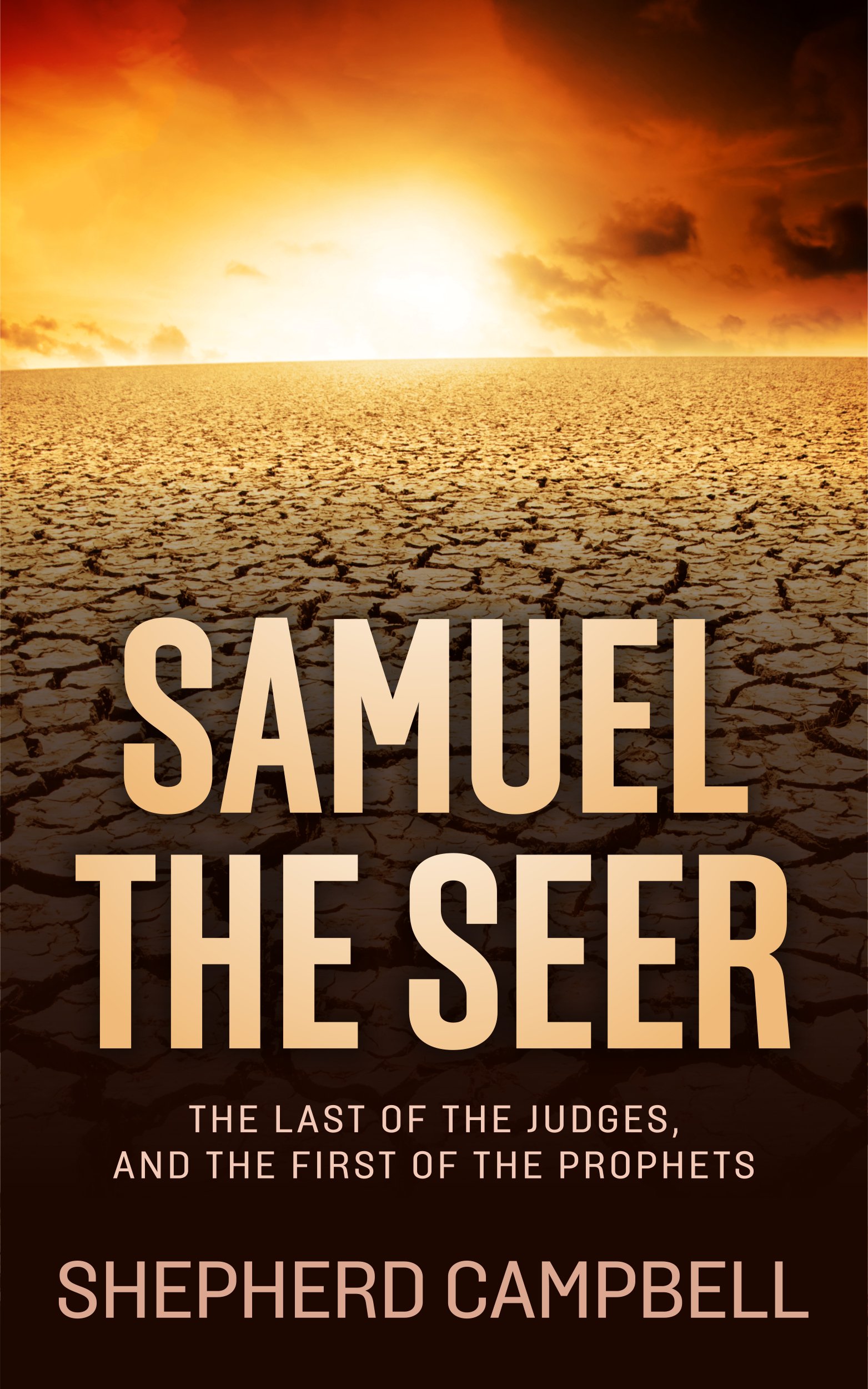Anarchy in Ancient Egypt
by Lujack Skylark
(St. Louis)
The Bible tells us God plagued Egypt (Genesis 12:17) when Abraham visited Egypt. (Genesis 12:14)
The Bible tells us a pharaoh would arise in Egypt who knew not Joseph. (Exodus 1:8) Egypt would have had to have been in a state of anarchy for an Egyptian king not to have known Joseph, for Joseph saw the third generation in Egypt
(Genesis 50:23). There were only four generations in Egypt before the Exodus took place.
(1) Abraham was 75 years old when entering Egypt; Sarah was beautiful at age 65 years old (Genesis 12:14) when Pepi II was 96 years old, having arrived at the Egyptian throne at age 6.
(2) Pepi II was Egypt's first bi-sexual king. God brought down his government. Some 20 years after he died, God destroyed Sodom. Pepi II is the last king to build on a massive scale before Mentuhotep II reigns.
(3) Joseph brought the Egyptian kings: Senusret III, Amenemhet III & Amenemhet IV great wealth, since Egypt had enough grain to feed the nations in the Middle-East, trading grain in exchange for material goods.
(4) Ahmose and his father Senquenere Tao and Kamose were the only kings who would have interest in destroying all accounts of the foreigner Joseph being governor of Egypt.
(5) Joseph lived in Egypt's 12th dynasty. Only 12th dynasty pottery was found in Egypt's delta along with late Thebean
Tao and Kamose pottery.
(6) Thebean Mentuhotep IV was assassinated by Amenemhet I.
Its likely Ahmose Thebean family assassinated Amenemhet IV.
(7) One can suspect the first and second intermediate dynasties are fraudulent. Its 2012 and archaeologist are still trying to match up Egyptian and Canaanite pottery by using Egyptian priest Manetho's fraudulent Egyptian kings list.
Check most of the 7-10 and part of the 11th dynasty kings have no history and most of the 13-16 and part of the 17th dynasty have no history.
(8) Perhaps something will be dug up in 2012 A.D. which further confirms the true chronology which matches our bible.
